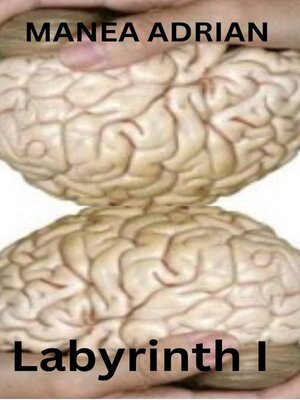
Sign up to save your library
With an OverDrive account, you can save your favorite libraries for at-a-glance information about availability. Find out more about OverDrive accounts.
Find this title in Libby, the library reading app by OverDrive.



Search for a digital library with this title
Title found at these libraries:
| Library Name | Distance |
|---|---|
| Loading... |
In a Labyrinth (=a type of word-square puzzle), there are no blank spaces between words (Scriptio continua), so you can not recognize (or distinguish), the formal parts of each word. The initial segment or the end of a word are not separated but overlapped. They are CO-ARTICULATED words.
The number of overlapping letters differs from the direction of the reading. I included in the Labyrinth many bidirectional texts. Because the words are disconnected (not like in the speech chain), the written chain (snake word) is allowing flexibility. The reader can choose from which direction texts can be read, horizontally, vertically and diagonally. We do not read words letter by letter but as a whole. When we read a text we just identify the first and the last letter of each word (it does not matter the order of the other letters inside the word). Also, in a bidirectional text, it is important the writing/reading direction. There are four situations used (simultaneously) in the Labyrinth:
-key A – the right-to-left top-to-bottom writing system, combined with the left-to-right bottom-to-top writing system. ACROSS (horizontal) [ →→], [→←], [←← ], [← →], forwards or backwards.
-B – a vertically writing system, from top-to-bottom and from bottom-to-top, from left-to-right combined with a right-to-left direction. DOWN (vertically) [↓], [↑], forwards or backwards.
-C – diagonally, from left-to-right, top-to-bottom or bottom-to-top [↘], [ ↖], forwards or backwards.
-D – diagonally, from right-to-left, top-to-bottom or bottom-to-top [↙], [↗], forwards or backwards.







